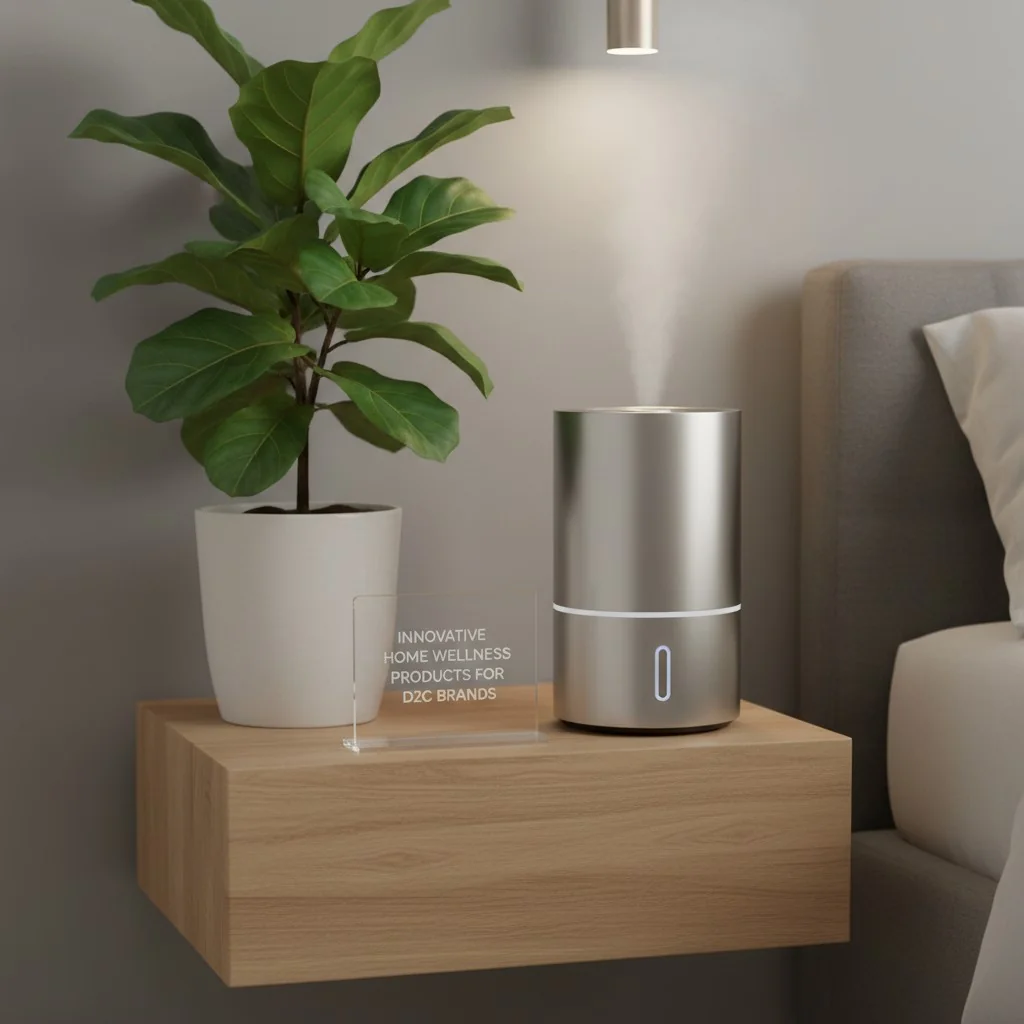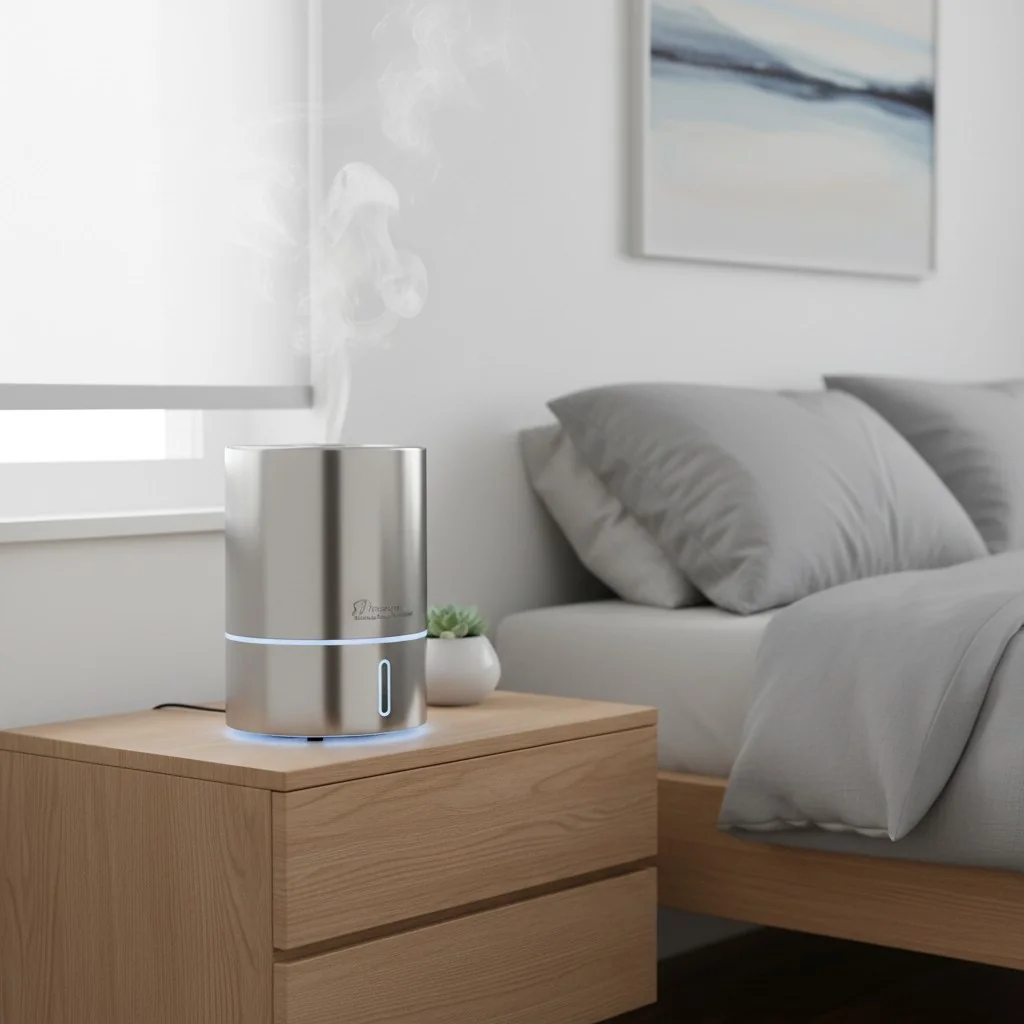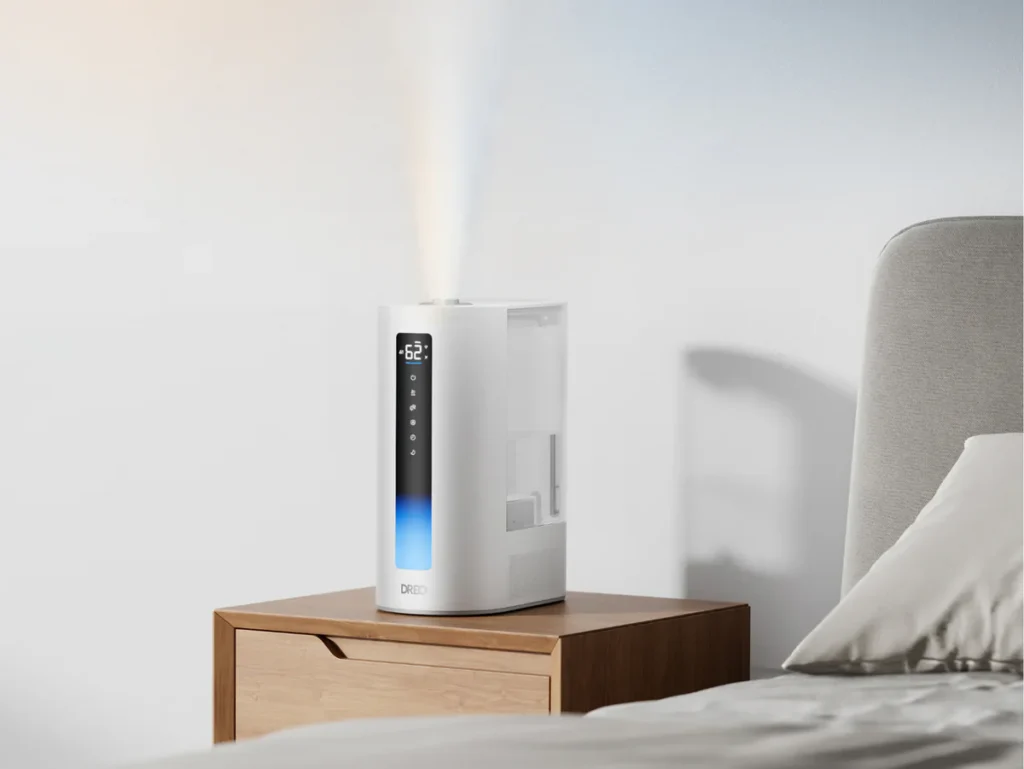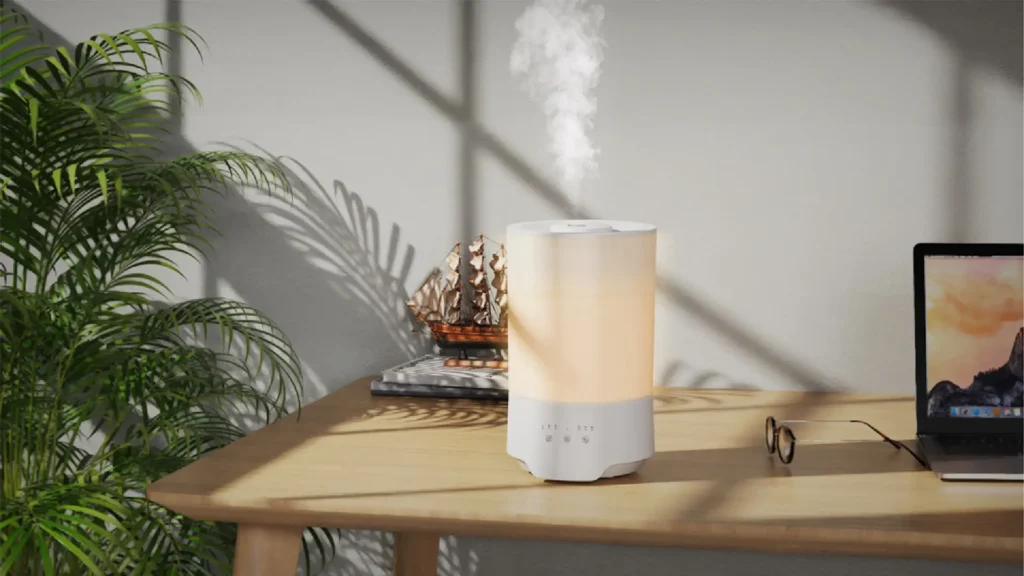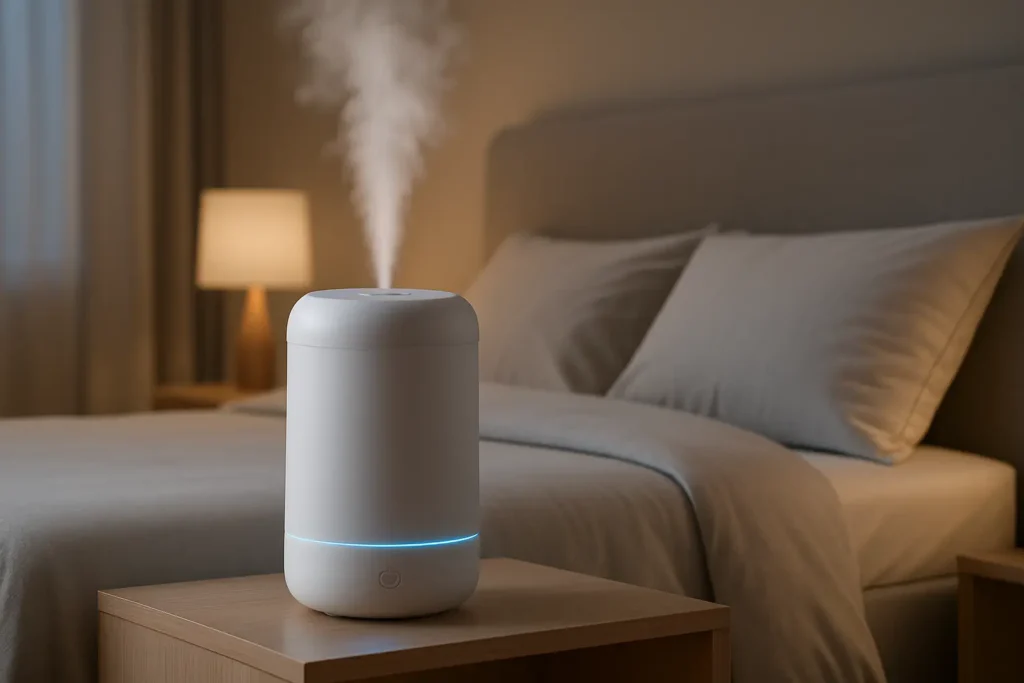In the age of sustainable building operations and intelligent energy management, facility managers and procurement teams are rethinking traditional HVAC choices including their approach to humidification. While many buyers are initially drawn to plastic humidifiers due to their low upfront cost, a growing body of evidence shows that stainless steel humidifiers deliver far superior long-term value especially from an energy efficiency and lifecycle cost perspective.
This article explores why a stainless steel humidifier is not just a premium product but a strategic investment, particularly for industries that prioritize reliability, hygiene, and operational efficiency. Whether you operate in healthcare, data centers, premium commercial real estate, or high-end hospitality, understanding the true energy and economic advantages of stainless steel is essential for making smarter long-term procurement decisions.
Beyond the Price Tag: Why Energy Efficiency Matters in Humidification
Humidifiers don’t operate in isolation. They directly interact with a building’s heating and cooling systems, impacting indoor comfort, system loads, and—most importantly—energy bills. A humidifier that consumes slightly more power on its own can sometimes reduce the overall energy footprint of a building by enabling HVAC efficiencies or preventing costly performance degradation.
From this system-level view, the real question isn't how cheap is the unit, but rather how efficiently can it perform over 10 years or more.
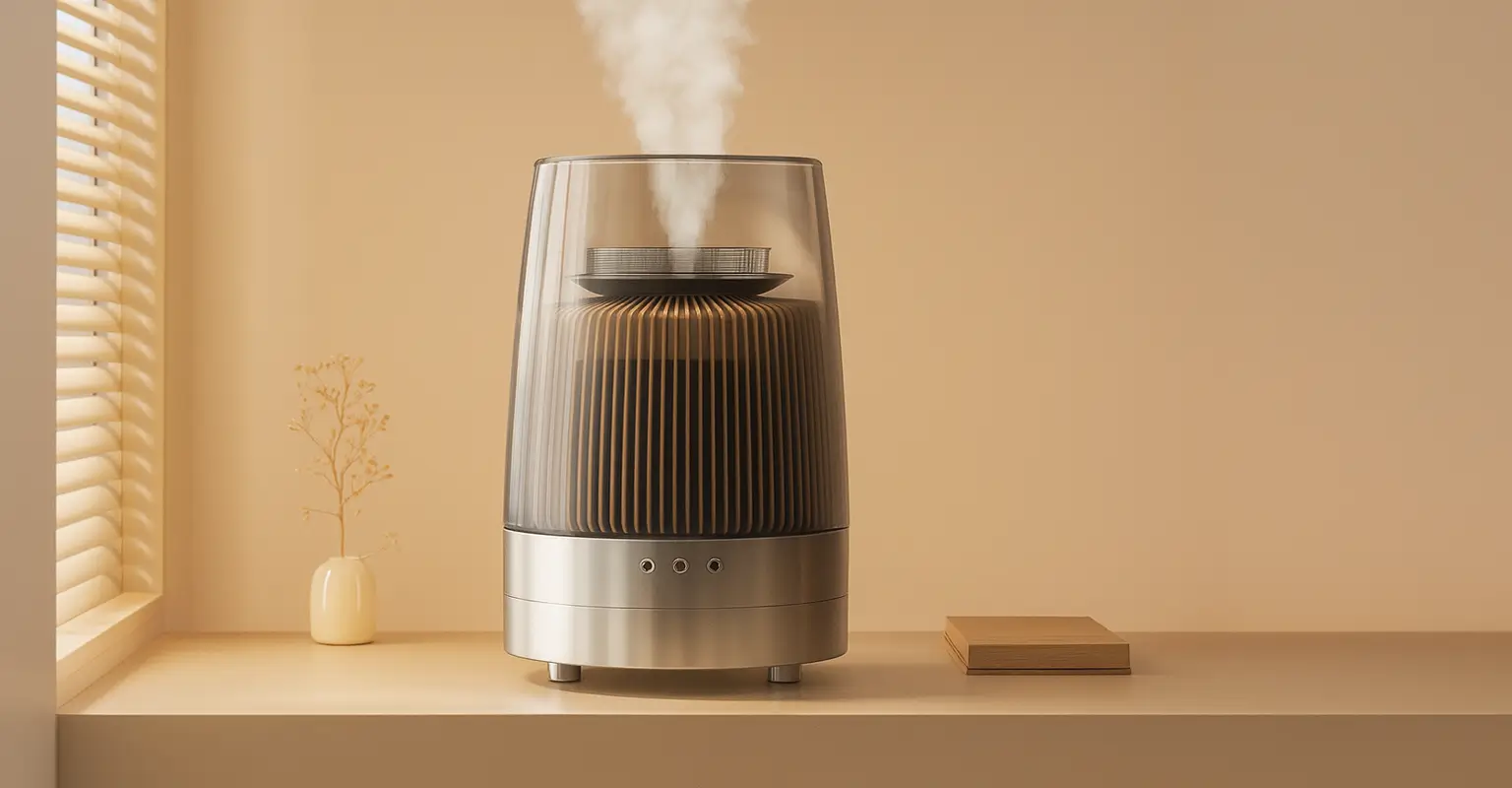
Stainless Steel vs. Plastic: The Material That Drives Efficiency
The material of construction plays a pivotal role in determining a humidifier’s energy efficiency over time. While plastic models might appear efficient at first glance, their long-term performance typically degrades due to mineral scale buildup, microbial contamination, and mechanical failure. This is where stainless steel units shine.
Key Energy-Saving Advantages of Stainless Steel:
- Easy to clean surfaces prevent the insulating effect of mineral scale buildup on heating elements.
- Non-porous construction inhibits microbial growth, reducing the risk of clogged or inefficient operation.
- Долговечность means no drop in performance due to aging or material breakdown.
- Sterilizable and dishwasher-safe parts make maintenance fast and effective, ensuring consistent operation.
Whether in isothermal (steam) or adiabatic (cool mist) systems, stainless steel helps preserve energy efficiency by maintaining optimal heat transfer and airflow over time.
Isothermal Efficiency: Maintaining Peak Performance in Steam Systems
In electric steam humidifiers, energy is used to boil water to produce vapor. Over time, plastic components tend to accumulate mineral deposits (limescale), which insulate the heating elements and require more energy to maintain output. This hidden efficiency loss can increase the system's electricity consumption by as much as 20%–30% over its lifespan.
В отличие от, a stainless steel humidifier is easy to clean, allowing maintenance teams to quickly descale and restore peak performance. Some models even feature removable stainless steel tanks that are dishwasher-safe or boilable impossible with most plastic units.
Bottom Line: Stainless steel models retain their rated efficiency for years, while plastic ones degrade quickly quietly inflating your energy bills.
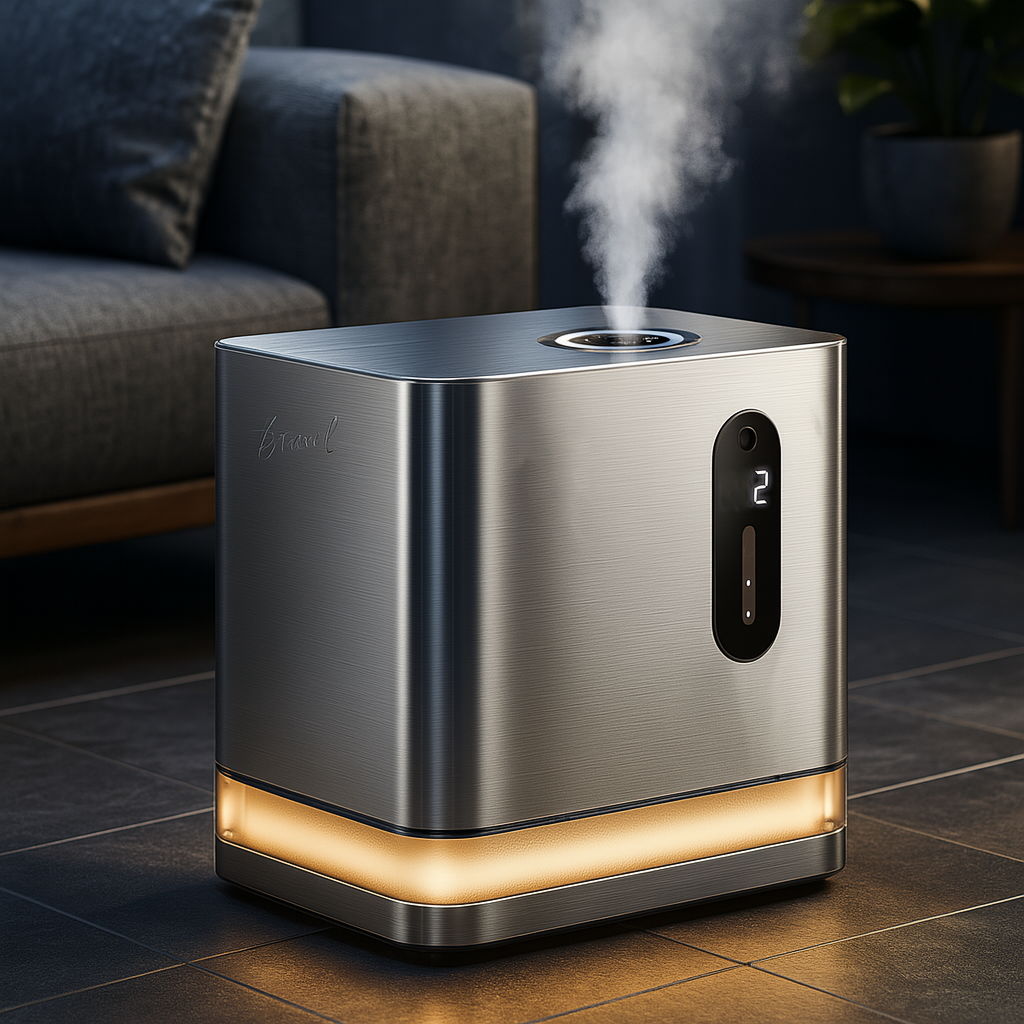
Adiabatic Systems: Stainless Steel Enables “Free Cooling”
Adiabatic humidifiers, such as ultrasonic or high-pressure mist systems, introduce moisture without heat. The evaporation of water absorbs heat from the air providing a passive “cooling” effect.
In warm climates or facilities with high heat loads (e.g., data centers, manufacturing), this adiabatic cooling can reduce demand on mechanical chillers. Stainless steel ultrasonic humidifiers play a key role here, offering:
- Precise humidity control with minimal electrical draw (as low as 30W–150W).
- Reliable performance in 24/7 operations due to robust construction.
- No filter or wick replacements, lowering maintenance and operating costs.
Facilities that have switched from steam to ultrasonic humidifiers especially stainless steel ultrasonic models—report savings of tens of thousands of dollars annually in electricity alone.
Maintenance Cost = Energy Cost
One often-overlooked component of energy efficiency is how easy a humidifier is to maintain. A dirty or scaled unit uses more energy to do the same job. This is where “stainless steel humidifier easy to clean” becomes more than a convenience it’s a serious efficiency advantage.
- Stainless steel tanks don’t harbor mold or biofilms.
- Fewer moving parts mean lower labor time and fewer breakdowns.
- No consumables like filters or canisters mean consistent airflow and mist output.
In plastic systems, even small inefficiencies add up: clogged filters, scale-covered heaters, or uncleaned tanks slowly reduce output and increase runtime. Over a 10-year period, these marginal losses can amount to thousands of dollars in wasted electricity.
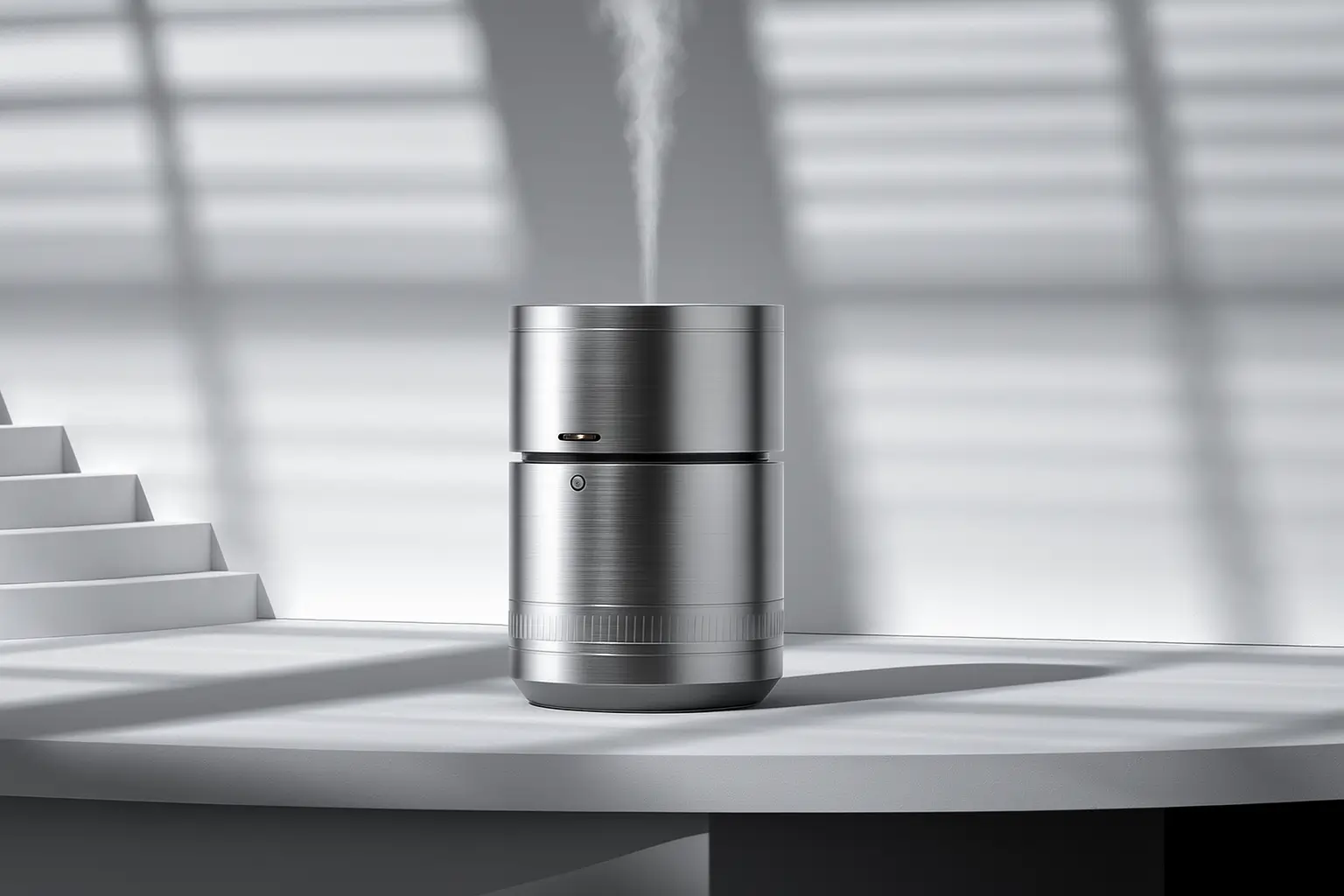
The Real Cost: Total Cost of Ownership (TCO) Over 10 Years
Let’s compare two typical humidifier types over a 10-year period:
| Cost Category | Plastic Ultrasonic | Stainless Steel Ultrasonic |
|---|---|---|
| Initial CapEx | \$70 | \$275 |
| Annual Energy | \$34 | \$34 |
| Annual Consumables | \$90 (filters) | \$0 |
| Maintenance Labor | \$75 | \$25 |
| Replacement (10 yrs) | \$140 (2x) | \$0 |
| Total 10-Year Cost | \$2,200 | \$865 |
As seen above, the best stainless steel humidifier costs more upfront but pays back that investment rapidly through lower operating, maintenance, and replacement costs.
In steam systems, the advantages are just as striking. A humidifier stainless steel tank avoids costly disposable canisters and minimizes energy penalties from scale, lowering TCO by over 25% compared to plastic alternatives.
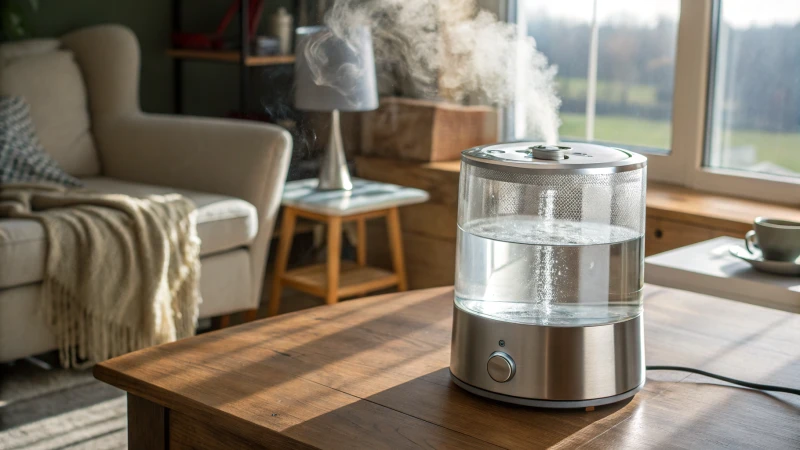
Who Should Choose Stainless Steel Humidifiers?
Healthcare Facilities & Cleanrooms:
For sterile, contaminant-free environments, stainless steel steam humidifiers are essential. Their resistance to corrosion even from RO or deionized water and ability to withstand high-heat sterilization make them the only viable choice.
Data Centers & Industrial Operations:
24/7 uptime and energy savings are critical. Ultrasonic stainless steel humidifiers offer reliable operation with massive indirect savings from reduced cooling load.
Premium Offices & Hospitality:
A quiet, stylish, and low-maintenance stainless humidifier enhances indoor comfort and air quality without the burden of constant upkeep or filter changes.
High-End Residential Use:
Eco-conscious homeowners looking for a “buy-it-for-life” solution will find that the best stainless steel humidifier offers both long-term cost savings and better health outcomes.
Sustainability and Market Outlook: The Future Is Stainless
With increased focus on indoor air quality (IAQ), energy efficiency, and environmental responsibility, the market is shifting:
- Green building certifications (e.g., WELL, LEED) now prioritize IAQ and non-toxic materials.
- Smart HVAC systems require dependable equipment that won’t fail prematurely.
- Consumer demand for durability is fueling a rise in “buy-it-for-life” appliances.
Stainless steel humidifiers align perfectly with these trends. They’re recyclable, reliable, hygienic, and efficient everything a modern facility manager or homeowner wants.
Ready to Upgrade? Choose the Best Stainless Steel Humidifier
Whether you're designing a new commercial facility or replacing outdated plastic units, the decision to upgrade to stainless steel is clear.
To explore cutting-edge stainless steel humidifiers built for reliability, energy efficiency, and long-term value, visit HisoAir’s Stainless Steel Humidifier Collection.
You’ll find ultrasonic and steam models engineered for hygiene, ease of maintenance, and low TCO—ideal for healthcare, data centers, offices, or discerning homeowners.
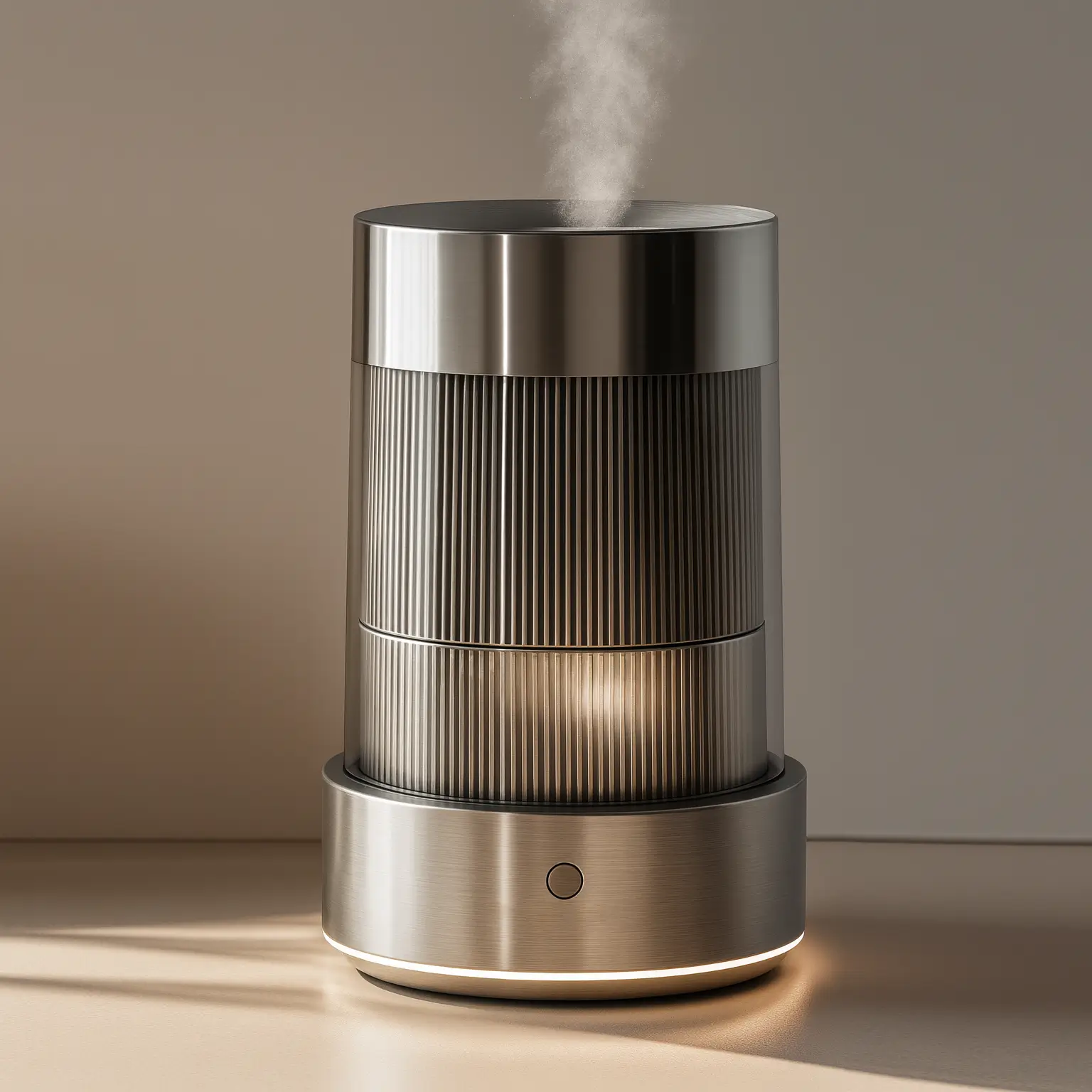
Conclusion: A Smarter Investment in Energy Efficiency
Cheap plastic humidifiers may win on day one—but they lose every day after. In contrast, a stainless steel humidifier delivers ongoing savings in energy, maintenance, and consumables, while enhancing air quality and building performance.
From a Total Cost of Ownership perspective, stainless steel isn’t just the premium choice—it’s the only intelligent one.
Upgrade your humidification strategy. Choose stainless steel.
Explore HisoAir’s range of commercial-grade stainless steel humidifiers today: https://hisoair.com/stainless-steel-humidifiers/


